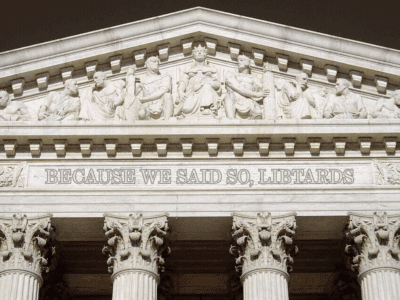Why the New Climate Reg for Coal is a Perfectly Normal EPA Rule
EPA’s approach isn’t a novel innovation. It’s just EPA applying its usual approach.
Is EPA’s new climate rule a sneaky effort to eliminate coal or a valid pollution standard? Some new arguments made by EPA convince me that it’s pursuing a time-tested approach to pollution control. It’s not that EPA is trying to grind down the industry. It’s that the economics of coal-fired plants are so fragile that a mild breeze would give them pneumonia.
Opponents are sure to legally challenge EPA’s new rule to limit carbon emissions from coal-fired power plants. And they are equally certain to argue that EPA is just trying to do indirectly what the Supreme Court said it couldn’t do directly: push coal out of the U.S. energy mix. I’ve previously explained why the Supreme Court case in question, West Virginia v. EPA, has little in common with EPA’s current regulatory effort. But I think there’s a more fundamental reason why the opponents’ charges shouldn’t stick.
EPA’s explanation of the final rule establishes what I think are two key points. First, EPA’s preferred technology to limit carbon emissions — carbon capture and storage (CCS) — isn’t just pie in the sky. It’s not a sham solution that’s completely out of the industry’s reach, thinly masking a ban on coal. It’s an ambitious approach but within the bounds of the possible. On p. 198 of the rule, EPA points out that the Diamond Vault CCS project will be coming online in the near future. And on p. 379, EPA also points out that even without any regulation EPA’s model shows that some plants will install CCS and run at high capacity. Simply put, the Inflation Reduction Act has made CCS an economically feasible technology. And any claim that EPA has gotten the facts wrong is a perfectly routine administrative law issue, not an extraordinary major legal question.
In any event, the industry’s problem isn’t really due to EPA’s ambitious choice of CCS as a technology. The second key point made by EPA is that the industry is economically marginal. Even without any new EPA rule, many coal-fired power plants would close due to competition from gas-fired plants and renewables. The rule would result in additional closings –but EPA points out that even a much milder rule would have the same effect. [p. 379] The Clean Air Act doesn’t give an industry immunity from pollution regulation just because the industry is on its last legs economically.
Of course, there’s no knowing what the conservative supermajority of the Supreme Court might do on any given day. But they will only be able to call the new EPA rule an agency power grab if they close their eyes to precedent and the facts in the record.






Reader Comments